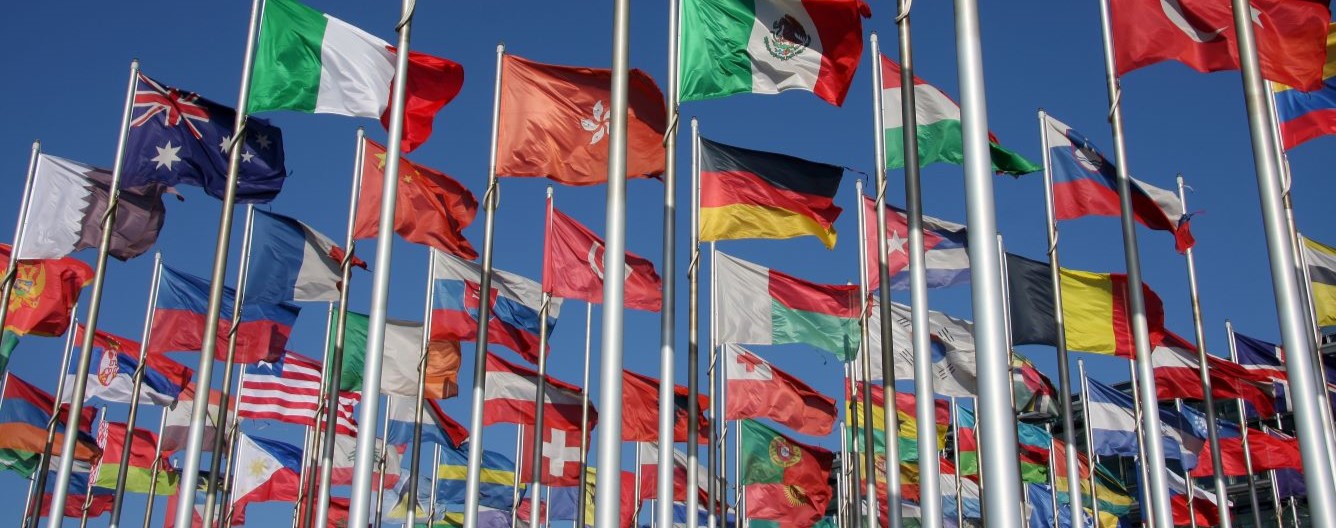While in these tumultuous political times and with French President Emmanuel Macron recently visiting the White House, there has been much discussion in the news surrounding the Paris Climate Agreement and the United States withdrawing from the Agreement. I certainly don’t intend to make this politically charged in any way . . . just the facts . . . but it did get me thinking “What exactly is the Paris Climate Agreement and what the heck is in it?” I’m sure many of you were wondering the same thing! So here goes, your Paris Climate Agreement 101 session and 7 things you should know.
1. What is the overall mission of the Agreement?
The central goal of the Agreement is laid out in one phrase – “Holding the increase in global average temperature to well below 2 degrees C above pre-industrial [1850-1900] levels . . .” But! The same sentence in the agreement continues “… and to pursue efforts to limit the temperature increase to 1.5 degrees C above pre-industrial levels, recognizing that this would significantly reduce the risks and impacts of climate change.” (The global average temperature has already risen about 1 degree C relative to pre-industrial levels.)
2. What is each signatory country responsible for?
Participating nations made a pact on December 12, 2015, to adopt green energy sources, cut down on greenhouse gas emissions, and limit the rise of global temperatures. Under the agreement, every country has a voluntary plan/pledge (or “Nationally Determined Contributions”) to tackle its greenhouse gas emissions. The Agreement now codifies those pledges and sets a framework for those reductions to begin in 2020. By 2020, countries are also required to submit a long-term plan to reduce emissions looking decades into the future.
The U.S. also pledged $3 billion to the Green Climate Fund, which helps developing countries adapt and mitigate practices to fight climate change. The overall agreement asks developed countries to provide $100 billion to the fund.
3. When did the agreement enter into force?
The agreement went into effect on November 4, 2016, 30 days after at least 55 countries representing at least 55 percent of the world’s global emissions ratified it on October 5, 2016.
4. Is it legally binding?
According to the United Nation’s website on climate change, the agreement has a “hybrid of legally binding and non-binding provisions.” But there’s no clear-cut consequence or penalty for countries that fall short of their pledged goals.
5. How many nations are part of the accord?
As of May 2017, of the 196 negotiating countries that signed the agreement, 147 parties have ratified it. One hundred and ninety-six nations committed to the climate deal in 2015 and the nations had a deadline of April 21, 2017, to make it official.
6. Is the U.S. the only United Nations country not supporting the deal?
No. The other two UN-member countries that aren’t supportive of the Paris Climate Agreement are Nicaragua and Syria. At the 2015 United Nations Climate Change Conference, the Nicaragua representative said the agreement didn’t go far enough, adding that voluntary responsibilities are a path to failure. Nicaragua is responsible for only 0.03 percent of global greenhouse gas emissions.
Syria, which is in the middle of a civil war, was responsible for 0.19 percent of global emissions in 2011, when the war began.
In 2014, according to the Environmental Protection Agency, the United States was responsible for approximately 15 percent of the world’s greenhouse gas emissions.
7. What are the Long Term Goals?
The agreement includes a “mid-century” goal of net zero emissions of greenhouse gases.
For you overachievers, the text of the Paris Agreement can be found here. Now you can be well informed at your next dinner party or pub discussion, or just feel better knowing you have become more learned today.
For further inquiries, please contact me at: jason.strayer@scoutenv.com













